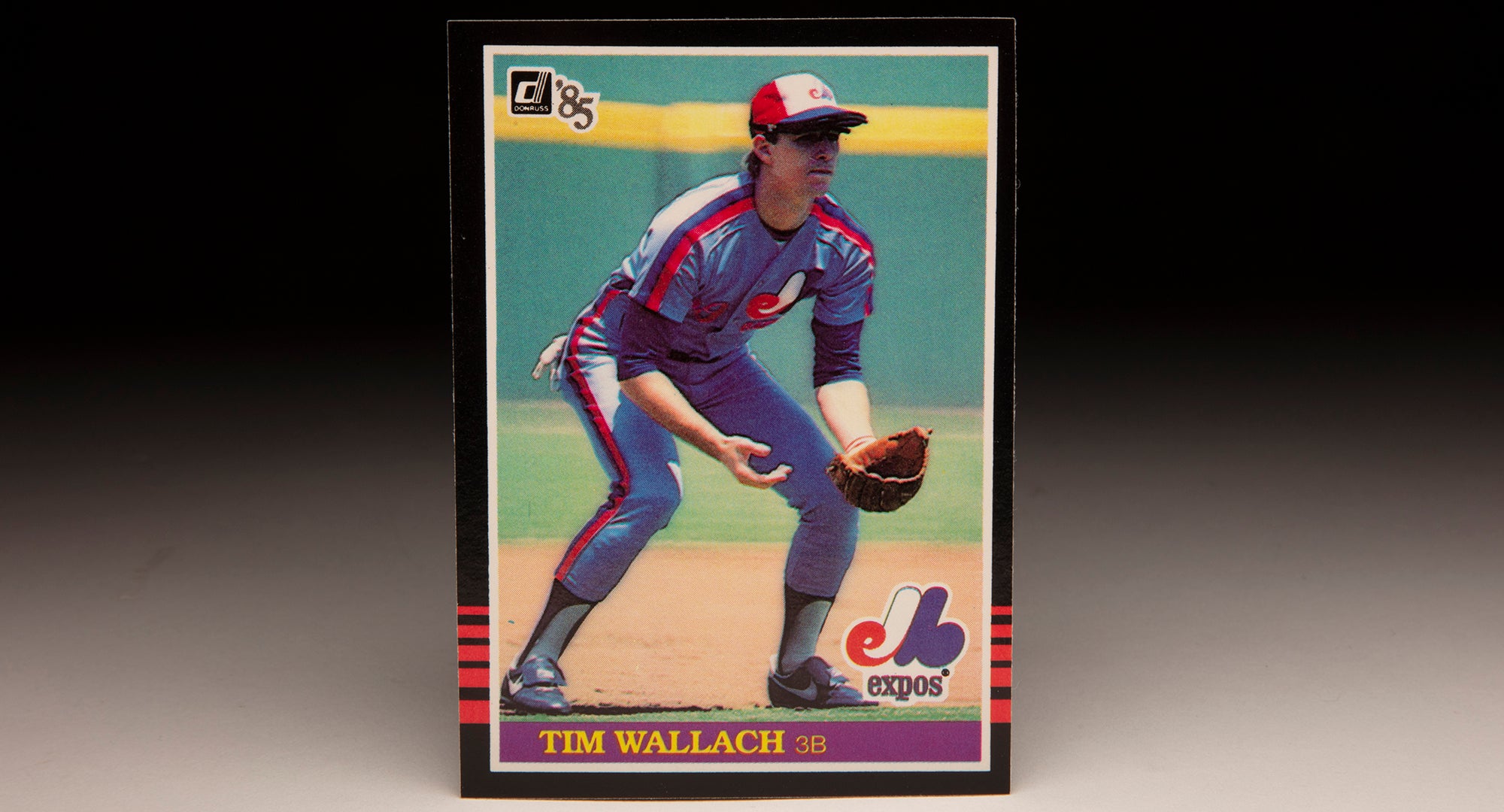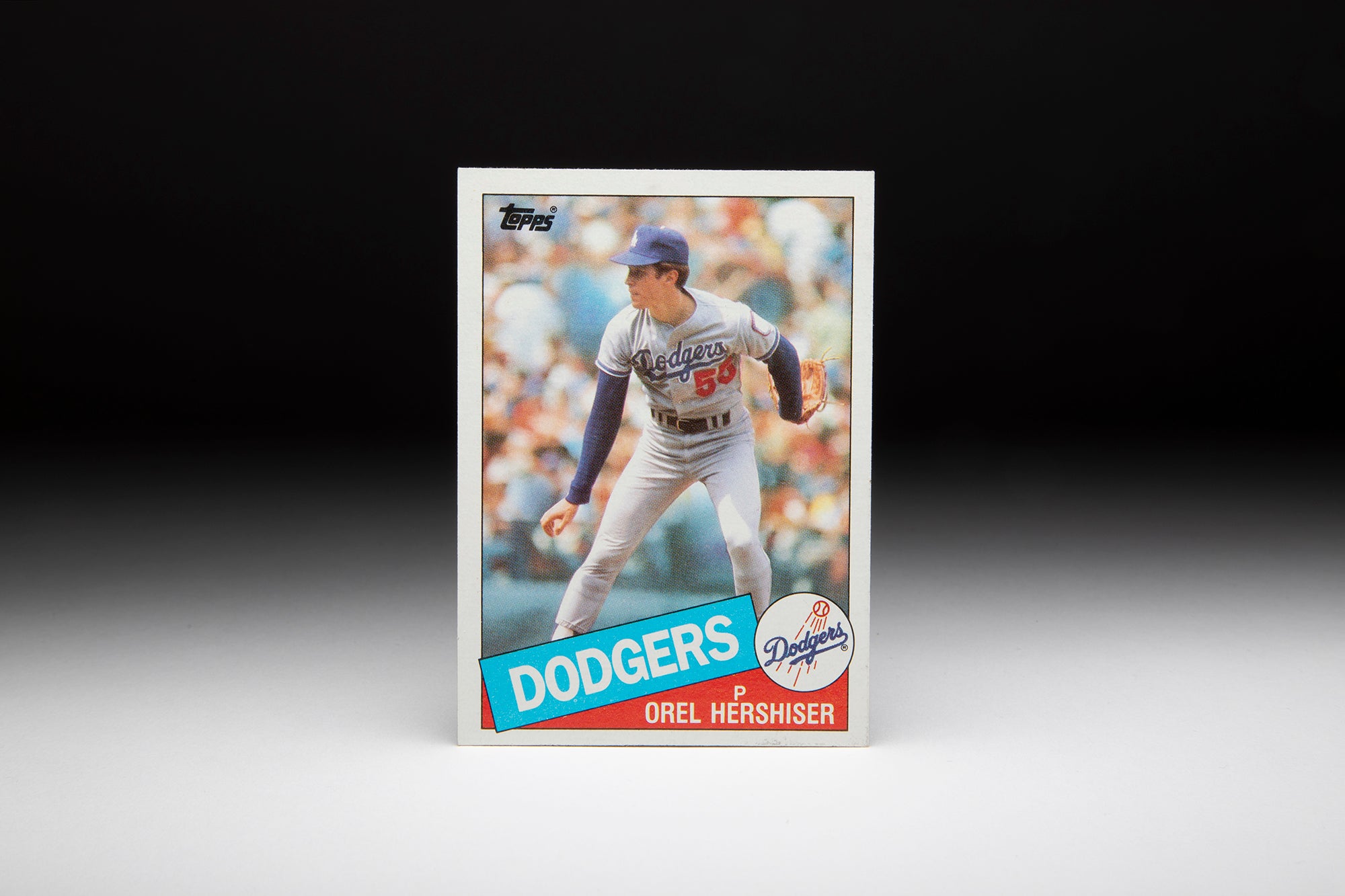#CardCorner: 1985 Donruss José DeLeón
Only a handful of pitchers in the game’s history entered the big leagues on a roll like the Pirates’ José DeLeón in 1983.
In his second start, he took a no-hitter into the seventh inning. His next outing, he no-hit the Mets for 8.1 innings before finishing with a one-hit, no-decision while striking out 11. Three weeks later, he pitched a two-hitter against Cincinnati – allowing his first hit in the seventh – and fanned 13.
The future seemed limitless for the 22-year-old right-hander from the Dominican Republic. And yet, that future also contained two 19-loss seasons – the only non-knuckleballer with that many since the advent of free agency.
For DeLeón, it was another statistical oddity in a career that often seemed star-crossed.
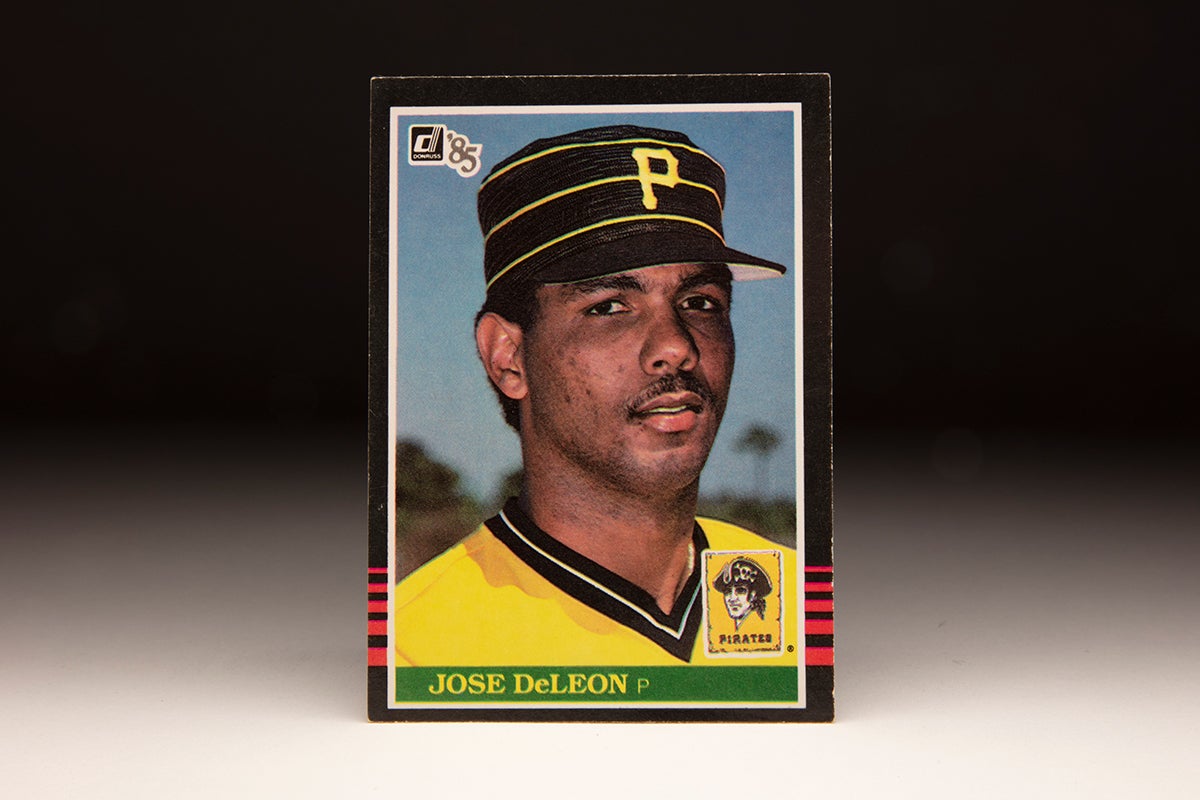
Born Dec. 20, 1960, in Rancho Viejo, Dominican Republic, DeLeón came to the United States in 1972 with his family as his father was searching for work.
“Six kids. (My father) couldn’t support us (in the Dominican Republic),” DeLeón told the Pittsburgh Post-Gazette in 1983. “He came here to find a different life.”
DeLeón’s parents found jobs in the New York City area and settled in Perth Amboy, N.J., just across the Hudson River from Staten Island. As a high school sophomore, DeLeón went 10-3 for the varsity baseball team.
“He was a pure power pitcher,” Dennis Hrehowsik, DeLeón’s high school baseball coach, told the Post-Gazette. “We had a hard time finding someone who could catch him. We never had a (radar) gun on him, but I’d say he threw the ball about 90 miles per hour. He was the best I’d ever seen in high school.”
But DeLeón soon dropped out of high school and moved back to the Dominican Republic. Pirates general manager Harding Peterson, however, was a native of Perth Amboy and had been tipped off about DeLeón’s potential. He dispatched super-scout Howie Haak to find DeLeón, and Haak recommended the Pirates sign him.
After petitioning the Commissioner’s Office to make DeLeón draft-eligible, the Pirates took DeLeón in the third round of the June 1979 MLB Draft and sent him to their Gulf Coast League affiliate in Bradenton, Fla., where DeLeón went 2-4 with a 6.41 ERA over 59 innings.
“We didn’t want to take him so high,” Pirates farm director Branch Rickey III told the Pittsburgh Press. “There were some better-known players we were interested in. We hoped to get him down the line, but we found out Toronto was also interested in José and didn’t want to take a chance.
“Everybody thinks we were so smart to draft José in the third round. If we had been smart, we’d have taken him in the first round.”
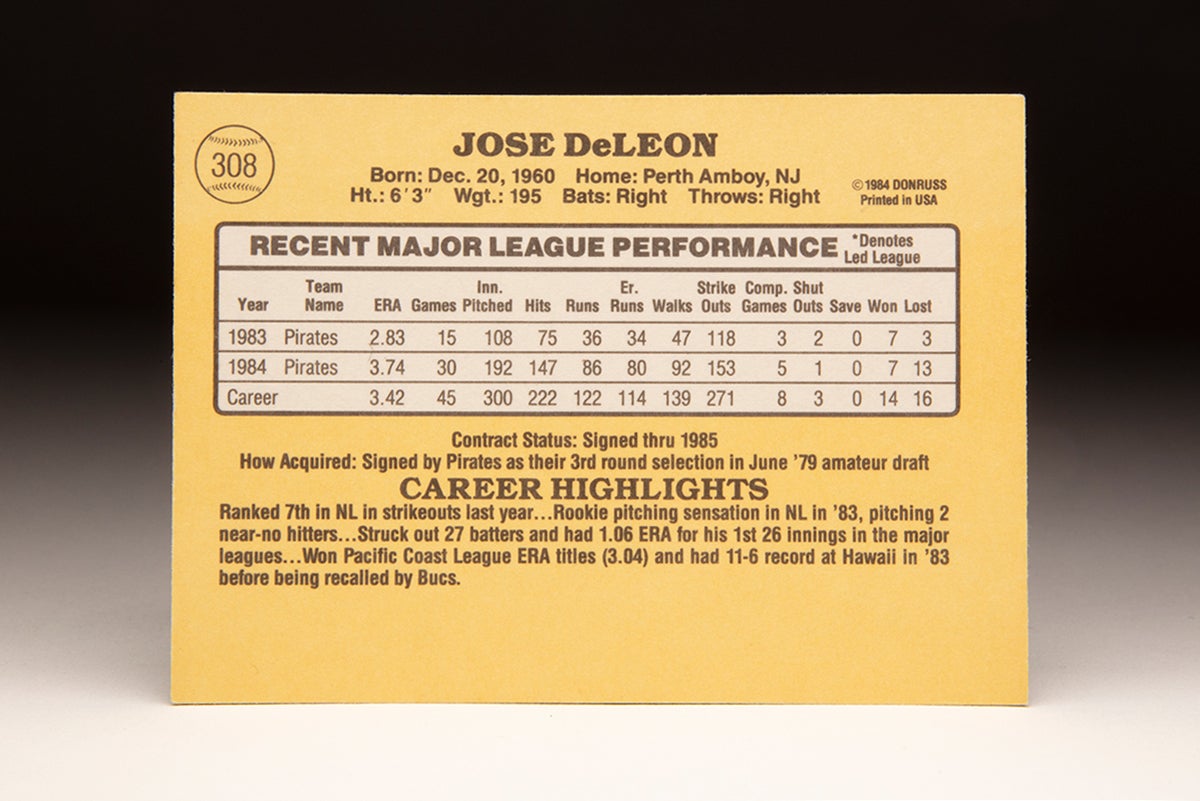
DeLeón showed he could handle a full-season workload the following year with Class A Shelby of the South Atlantic League, going 10-15 with a 4.82 ERA in 168 innings.
Then in 1981, DeLeón went 12-6 with a 3.11 for Double-A Buffalo, striking out 158 batters in 159 innings. At just 20 years old, DeLeón had already developed the forkball that would make him a big league sensation just two years later.
DeLeón found batters more challenging in the Pacific Coast League in 1982, battling a sore shoulder en route to a 10-7 record and 5.97 ERA in 119 innings with Triple-A Portland. But the Pirates moved their top minor league affiliate to Hawaii in 1983, and DeLeón found his footing – going 11-6 with a 3.04 ERA over 20 games.
With the Pirates surging into contention after a slow start, DeLeón was summoned to Pittsburgh for his big league debut on July 23. He allowed four hits and two runs over eight-plus innings against the Giants, striking out nine and earning the victory in a 5-2 win. He was even better in his second outing, allowing just four hits and one earned run in complete game win over the Padres on July 27 in which he faced the minimum number of batters through six innings.
Four days later, DeLeón allowed a single to Hubie Brooks with one out in the bottom of the ninth against the Mets – a hit that broke up his no-hitter. DeLeón then got Keith Hernandez to hit into a double play as the scoreless game went to extra innings. The Mets won the game in the 12th but it did nothing to dampen the enthusiasm surrounding DeLeón.
“Going into the season, José was like a 100-piece jigsaw puzzle that had 98 pieces put together but you can’t find the other two,” Rickey III told the Pittsburgh Press. “In that situation, you can’t see the completed picture. Now, it looks like all the pieces are in place.”
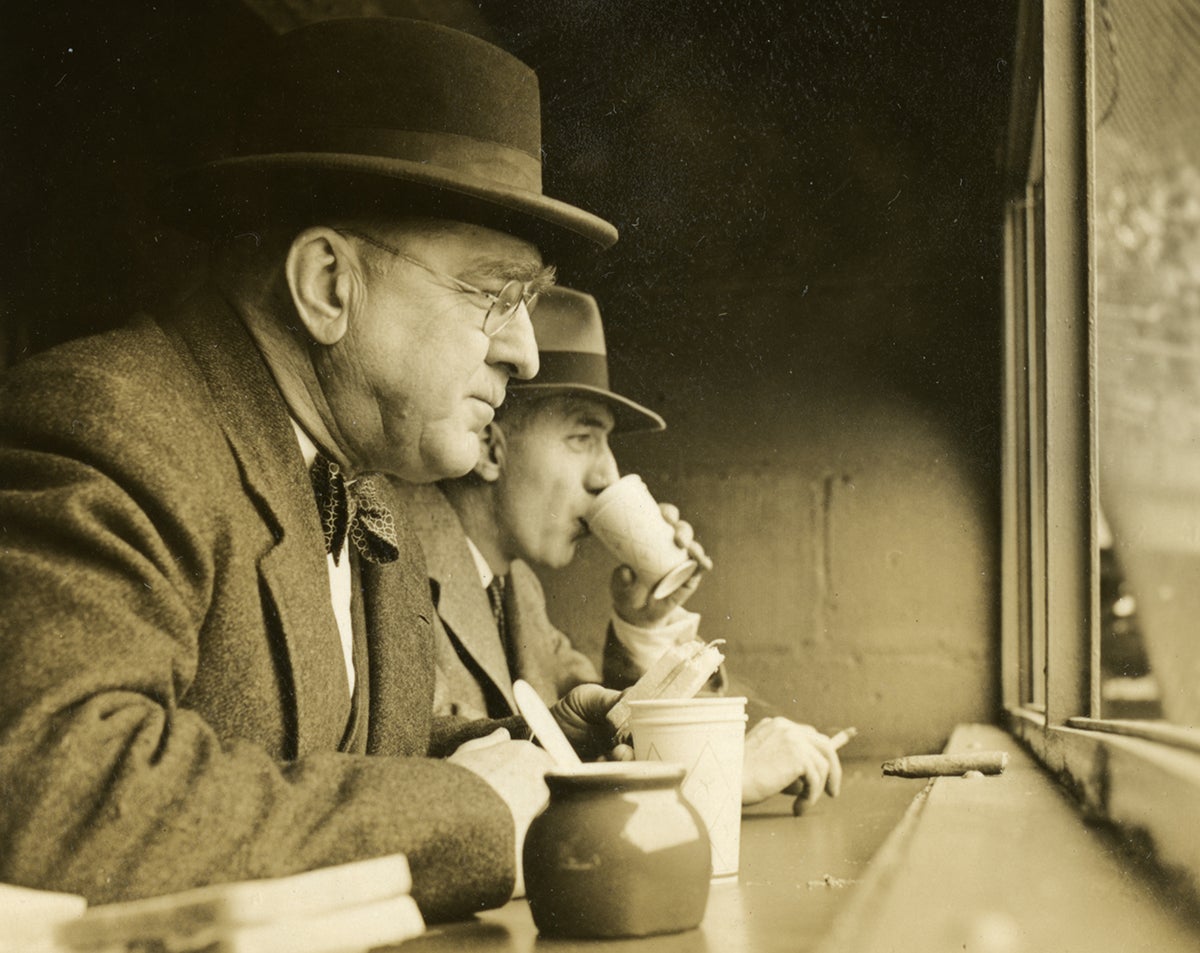
The league began to catch up with DeLeón in August, but he allowed just four hits and two runs over 8.1 innings against the Mets on Aug. 15 to pick up his third win.
“He looks like he’s going to be a hell of a pitcher,” Mets manager Frank Howard told the Associated Press on Aug. 15. “His stuff is above average across the board. He has good control of his pitches.”
Taking the loss for the Mets that day was Mike Torrez, who matched DeLeón’s zeroes in the near-no hitter on July 31 before allowing four runs over six innings in the rematch.
“Was he my idol?” DeLeón said of Torrez after the victory. “He’s still my idol.”
In DeLeón’s next start on Aug. 20, he pitched his best game of the season – shutting out the Reds on two hits while striking out 13. His three-pitch mix of fastball, forkball and cutter was piling up strikeouts in an era where large totals were still relatively rare.
The forkball, though, was the key to his success.
“I’ll try to throw it inside and it will wind up outside, I’ll try to get it outside and it will go inside,” DeLeón said about his forkball. “I don’t have any idea where it’s going sometimes, but if I don’t know what it’s going to do I figure the batter can’t hit it.”
DeLeón finished the 1983 season with a 7-3 record, a 2.83 ERA and 118 strikeouts in 108 innings. He placed seventh in the NL Rookie of the Year voting despite having a better WAR (2.9) than award winner Darryl Strawberry (2.6).
But with fans expecting DeLeón to dominate in 1984, he slumped to a 7-13 record despite a 3.74 ERA and 153 strikeouts, which ranked seventh in the National League. He was 2-9 after the All-Star break and had little run support as Pittsburgh was shut out in six of his defeats and held to just one run in five others.
The Pirates led the NL in ERA in 1984 with a 3.11 mark but went 75-87 despite outscoring their opponents 615-567.
“I never thought the season would end,” DeLeón told the Associated Press. “I had the same stuff (as 1983). I wasn’t throwing the ball different. We just didn’t win games.”
The lack of wins got worse in 1985. DeLeón went 2-19 in 162.2 innings, and only a demotion to Triple-A during the year kept him from losing 20 games. He posted a 4.70 ERA in the big leagues as Pittsburgh lost 104 games. No pitcher in the Live Ball Era (post 1919) has totaled at least 19 losses with as few as two victories in one season.
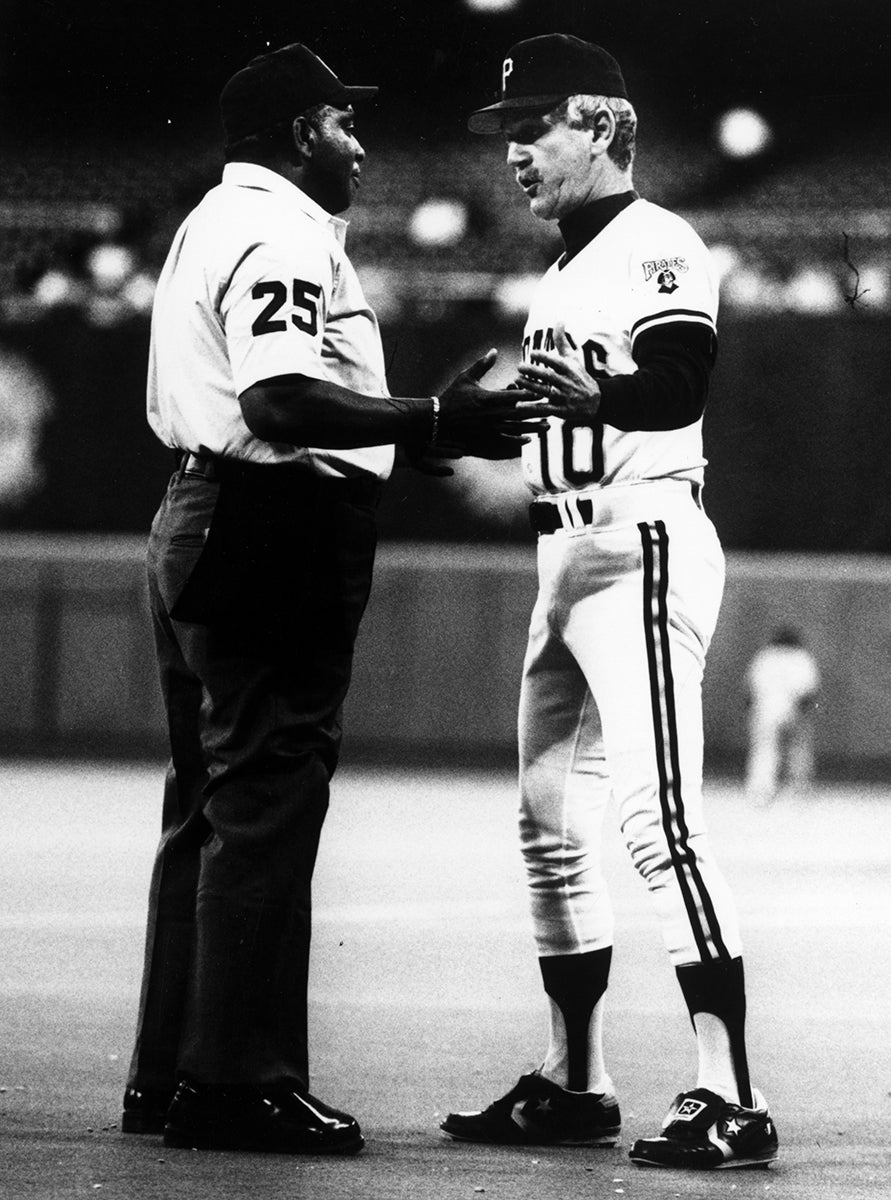
DeLeón failed to make the Pirates’ Opening Day roster in 1986 and was sent to Triple-A Hawaii. He was recalled in May but was ineffective in a relief role as the Pirates – under new manager Jim Leyland – entered into a rebuilding phase. Ultimately, DeLeón was part of the Pirates’ resurgence in the late 1980s – but not for the reasons that fans thought in 1983.
Following the 1985 season, Pittsburgh left Bobby Bonilla off its 40-man roster after a season where Bonilla played only 39 minor league games due to a broken ankle. The White Sox took Bonilla in the Rule 5 Draft then traded him back to the Pirates on July 23, 1986, in exchange for DeLeón.
Bonilla went on to earn four All-Star Game selections for the Pirates and evolved into one of the game’s top hitters. DeLeón, meanwhile, benefited from the change of scenery, going 4-5 with a 2.96 ERA in 13 starts for the White Sox.
“I needed a change of atmosphere,” DeLeón told the St. Louis Post-Dispatch. “Dick Bosman was the pitching coach at Chicago and he helped me a lot. He gave me a lot of confidence. He just said: ‘Here’s the ball. Pitch.’”
In 1987, DeLeón was 11-12 with a 4.02 ERA in 206 innings for a White Sox team that lost 85 games in the midst of a record-setting offensive season across MLB.
“José’s got great command over his pitches,” White Sox catcher Ron Hassey told the Central New Jersey Home News in 1987. “He’s got a great breaking ball, a good fastball and a good forkball. He’s got the stuff to be a big winner in the major leagues. It’s just a matter of us scoring runs for him and cutting down on the home runs he’s allowing.”
But the White Sox would not see the ultimate fruits of their efforts to help DeLeón maximize his potential. On Feb. 9, 1988, Chicago traded DeLeón to the Cardinals in exchange for Ricky Horton and Lance Johnson. Coming off an NL pennant, the Cardinals believed DeLeón would give them a chance to repeat – and DeLeón did his part by going 13-10 with a 3.67 ERA and 208 strikeouts. Only Bob Gibson, Steve Carlton and Sam Jones had struck out more batters in one season for St. Louis since 1901.

DeLeón was even better in 1989, going 16-12 with a 3.05 ERA and an NL-best 201 strikeouts in 244.2 innings. He reprised his 1983 success on Aug. 30 when he allowed just one hit over 11 shutout innings against the Reds, facing the minimum 33 batters when Eric Davis followed Luis Quiñones’ fourth-inning single with a double play ball. But in another example of DeLeón’s hard luck, he was rewarded with a no-decision in a game Cincinnati won 2-0 in 13 innings.
Following the 1989 season, the Cardinals signed DeLeón to a three-year deal worth a reported $6.6 million. But his best days with St. Louis were already behind him.
DeLeón went 7-19 in 1990. His peripheral numbers – a 4.43 ERA over 182.2 innings with 164 strikeouts – merited a better win-loss total, but he still became the only active pitcher with at least two 19-loss seasons. He bounced back with a 2.71 ERA over 162.2 innings in 1991 but had only a 5-9 record to show for it.
Then in 1992, DeLeón earned his first Opening Day starting assignment – he had previously started his team’s second game of the season five times – but was 2-4 at the end of May when the wheels fell off. He was dropped from the starting rotation in June and didn’t win a game for the rest of the season, drawing his unconditional release on Aug. 31.
“He was so beaten down mentally because he was in so many close games and had experienced so many tough losses,” Cardinals pitching coach Joe Coleman told the St. Louis Post-Dispatch. “If we didn’t score any runs, he got right back to being defeated mentally.”
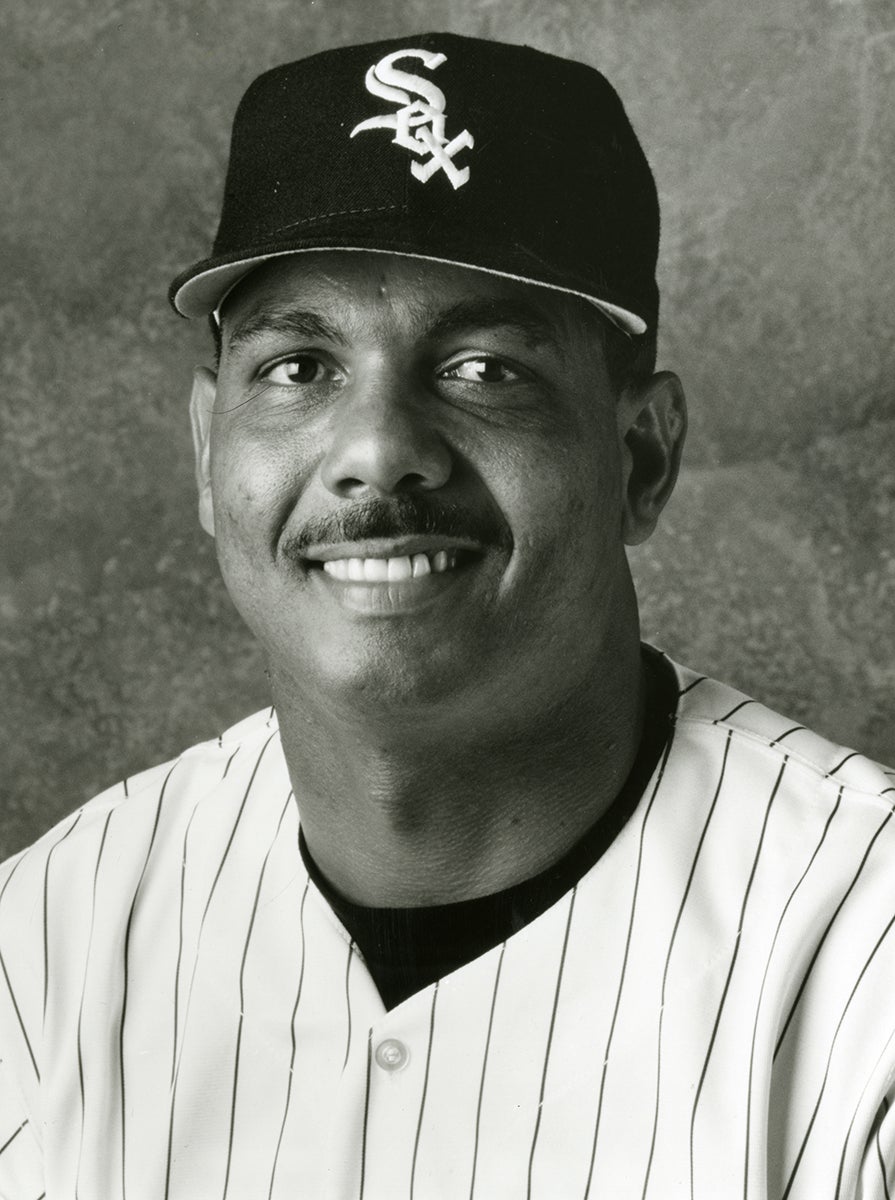
DeLeón hooked on with the Phillies for the final month of the 1992 season and then transitioned into a relief role in 1993, going 3-0 in 24 games for the eventual NL champions before being traded back to the White Sox on Aug. 10 in exchange for Bobby Thigpen. The White Sox won the AL West that year, and DeLeón made the only postseason appearances of his career in the ALCS, allowing one run over 4.2 innings in two games as Toronto defeated Chicago in six games.
DeLeón returned to the White Sox in 1994 and worked 42 games out of the bullpen, going 3-2 with two saves and a 3.36 ERA. He was less effective in 1995, going 5-3 with a 5.19 ERA over 38 games before being traded to the Expos on Aug. 28 in exchange for Jeff Shaw. Then in seven games with the Expos, DeLeón was 0-1 with a 7.56 ERA.
When DeLeón found no offers to play in 1996, he stepped away from the game before pitching for two seasons in the Chinese Professional Baseball League from 1997-98. He finished his big league career with a record of 86-119, a 3.76 ERA and 1,594 strikeouts over 1897.1 innings.
On Feb. 25, 2024, DeLeón died following a battle with cancer. He was 63 years old.
Few MLB pitchers seemed to endure more snakebit losses than DeLeón. But when his 13-year big league career is considered in the context of his lifepath – which began in the rice fields of the Dominican Republic – DeLeón’s legacy can easily be viewed as a victory.
“José’s confidence comes from getting in the groove and having success,” Pirates farm director Branch Rickey III told the Post-Gazette after DeLeón’s masterpiece against the Mets in his third career start. “I don’t expect he will evaporate overnight. Nobody considers this a fluke.”
Craig Muder is the director of communications for the National Baseball Hall of Fame and Museum

